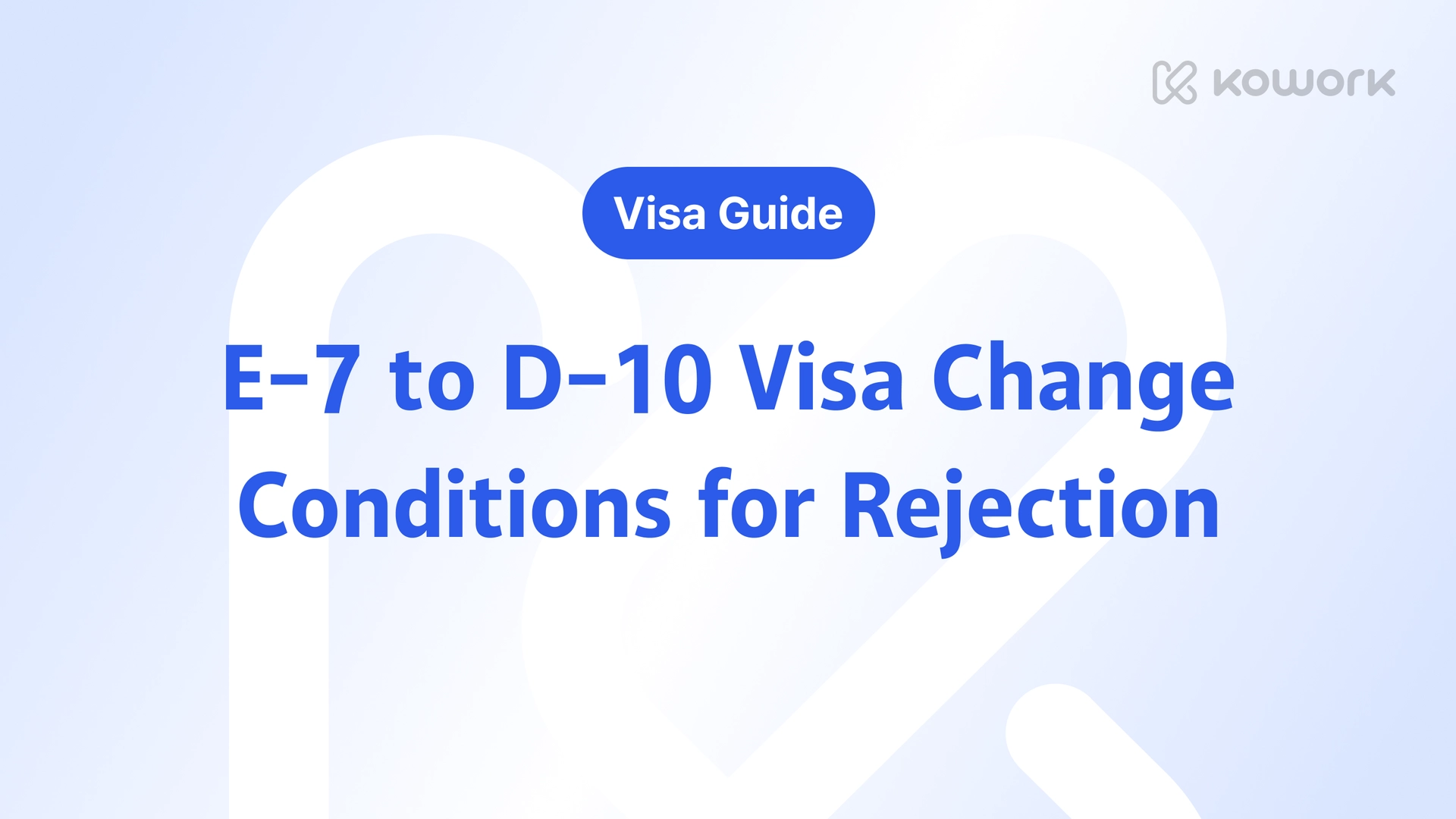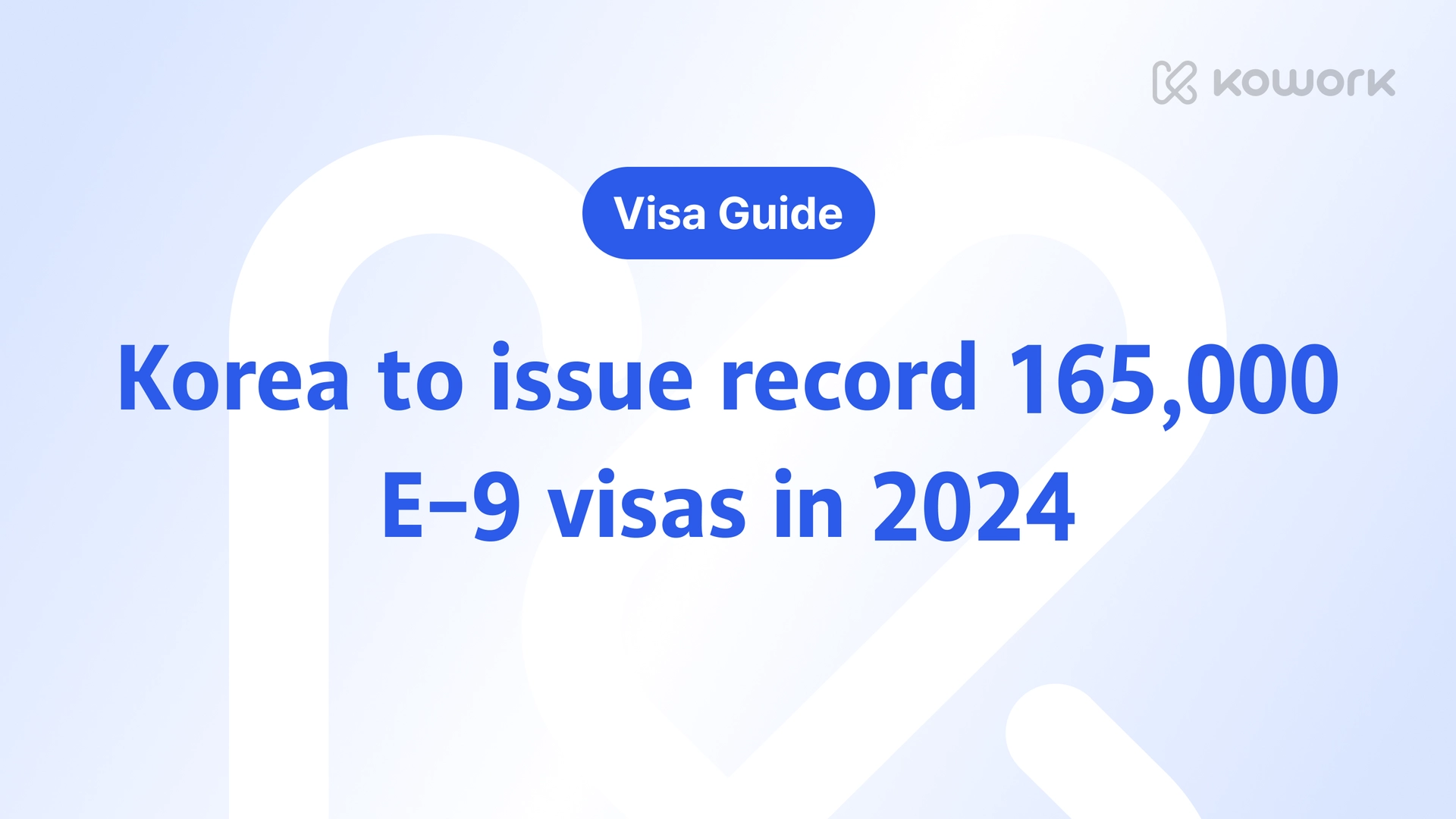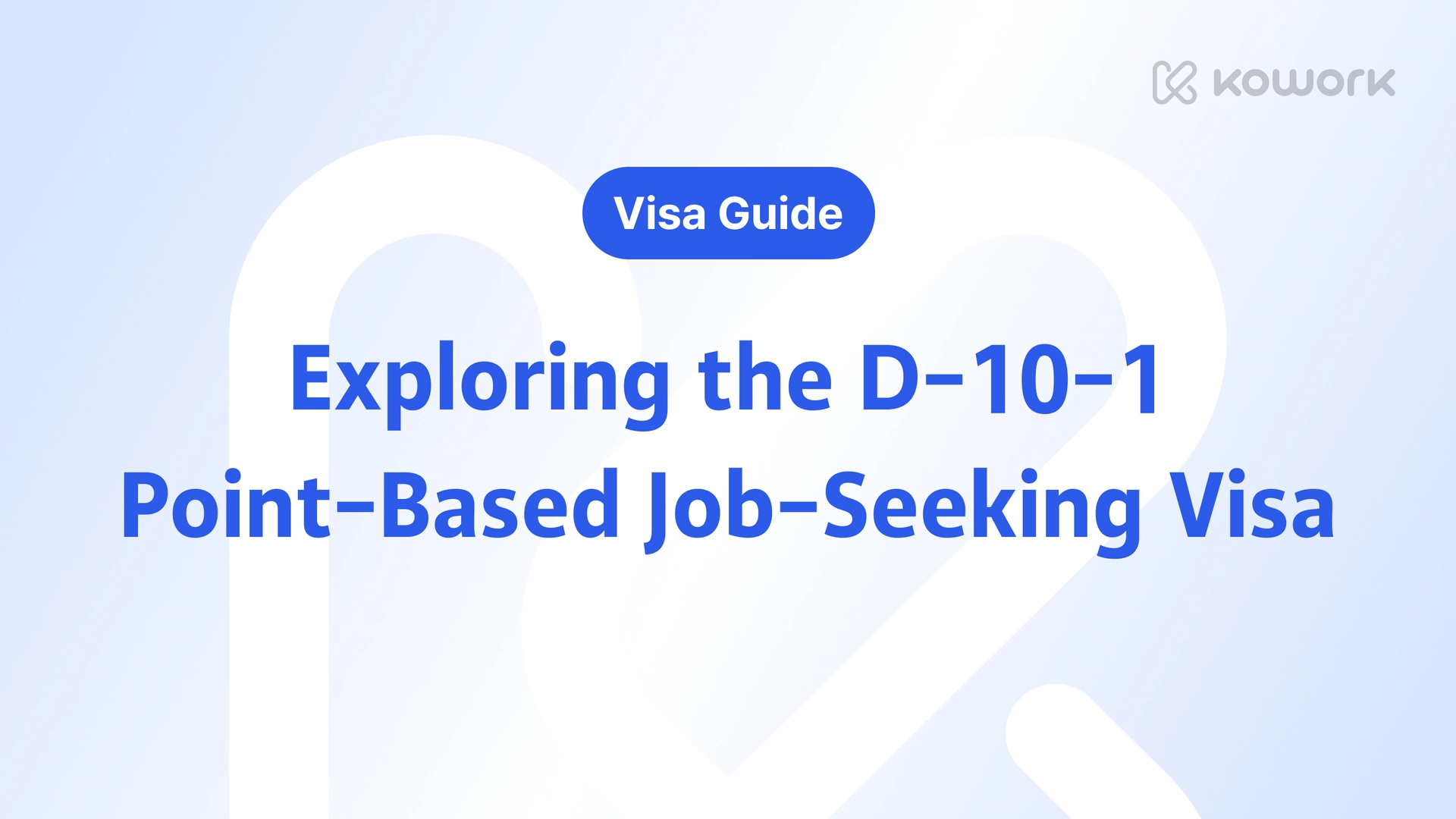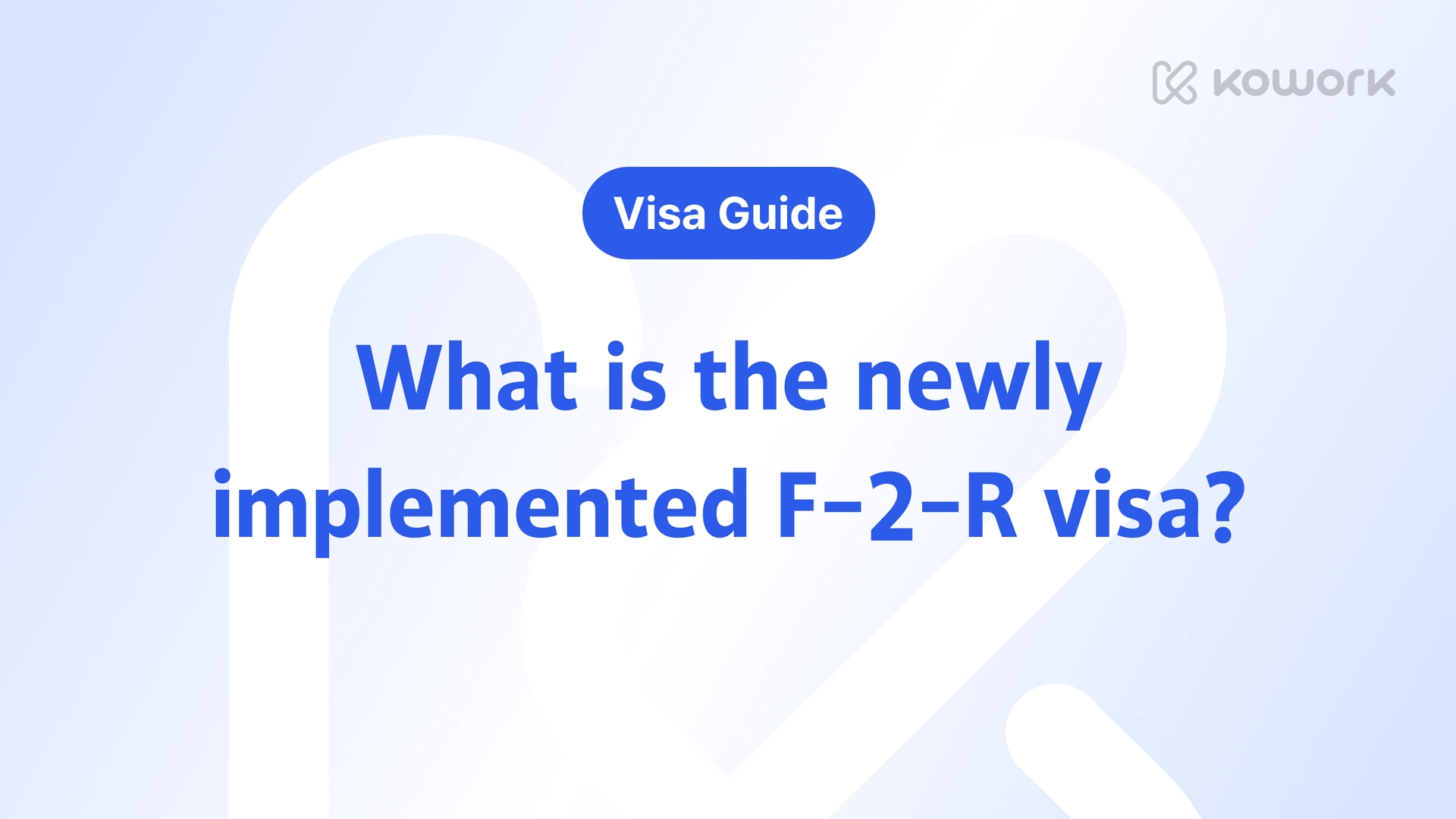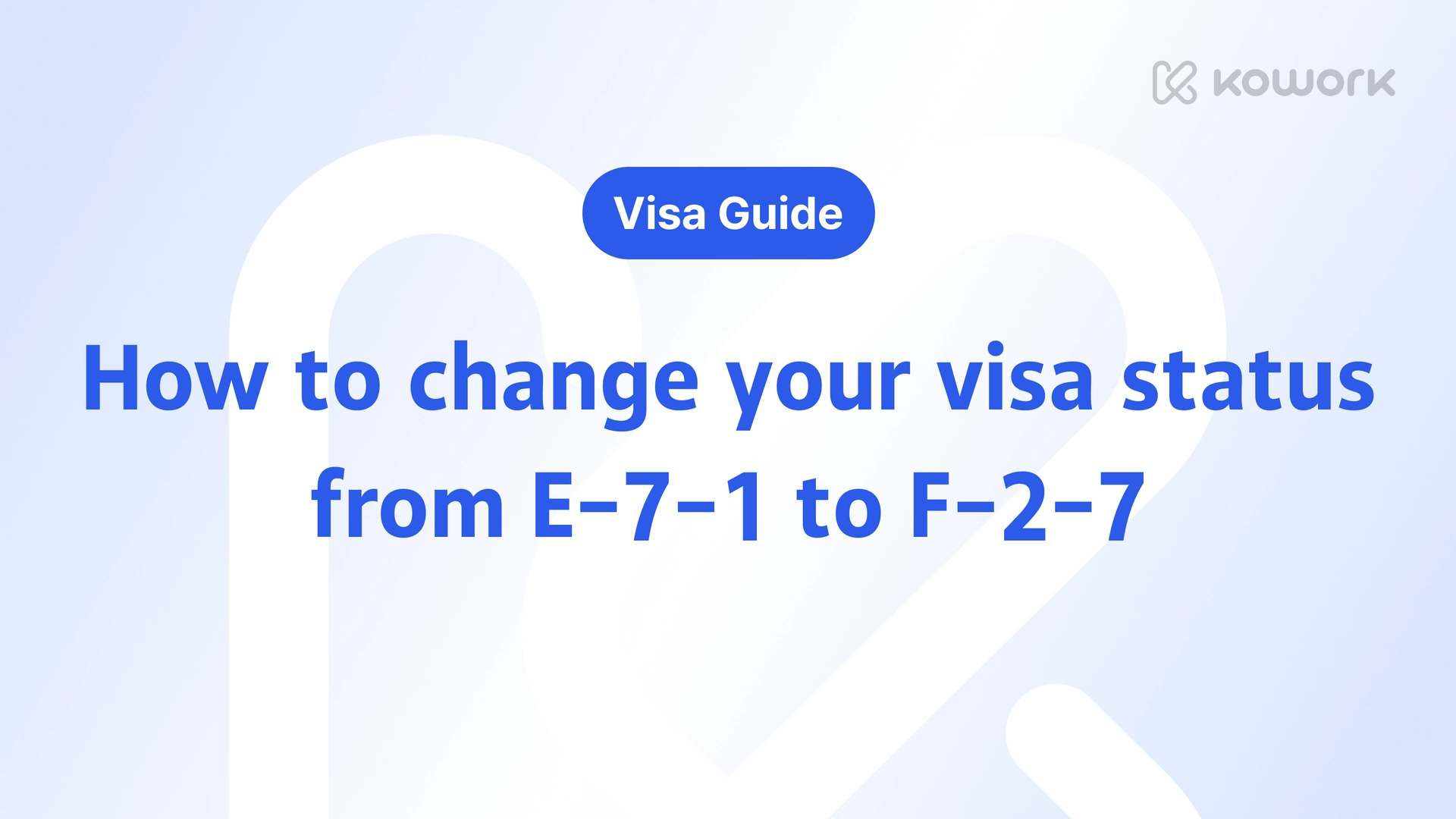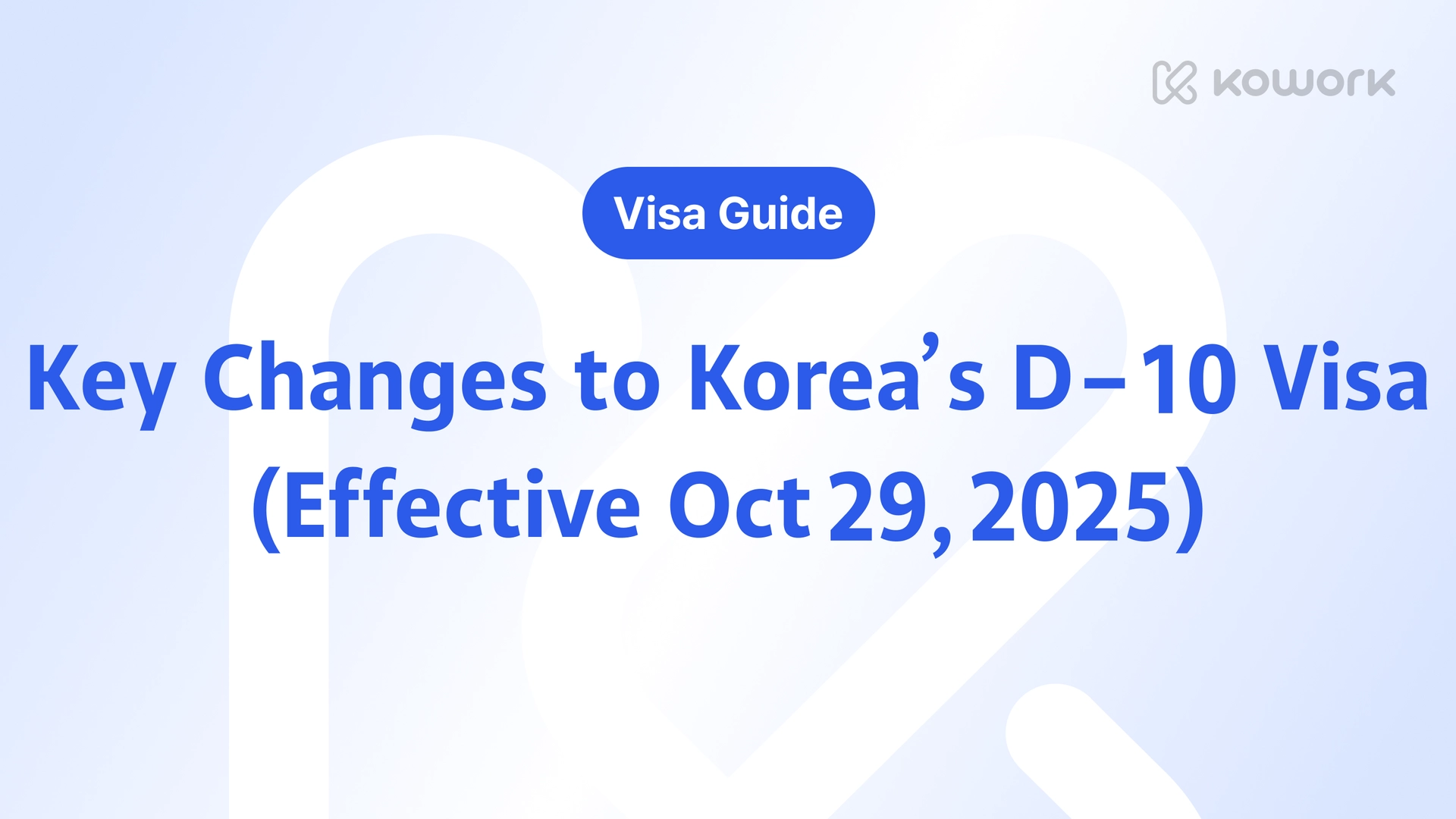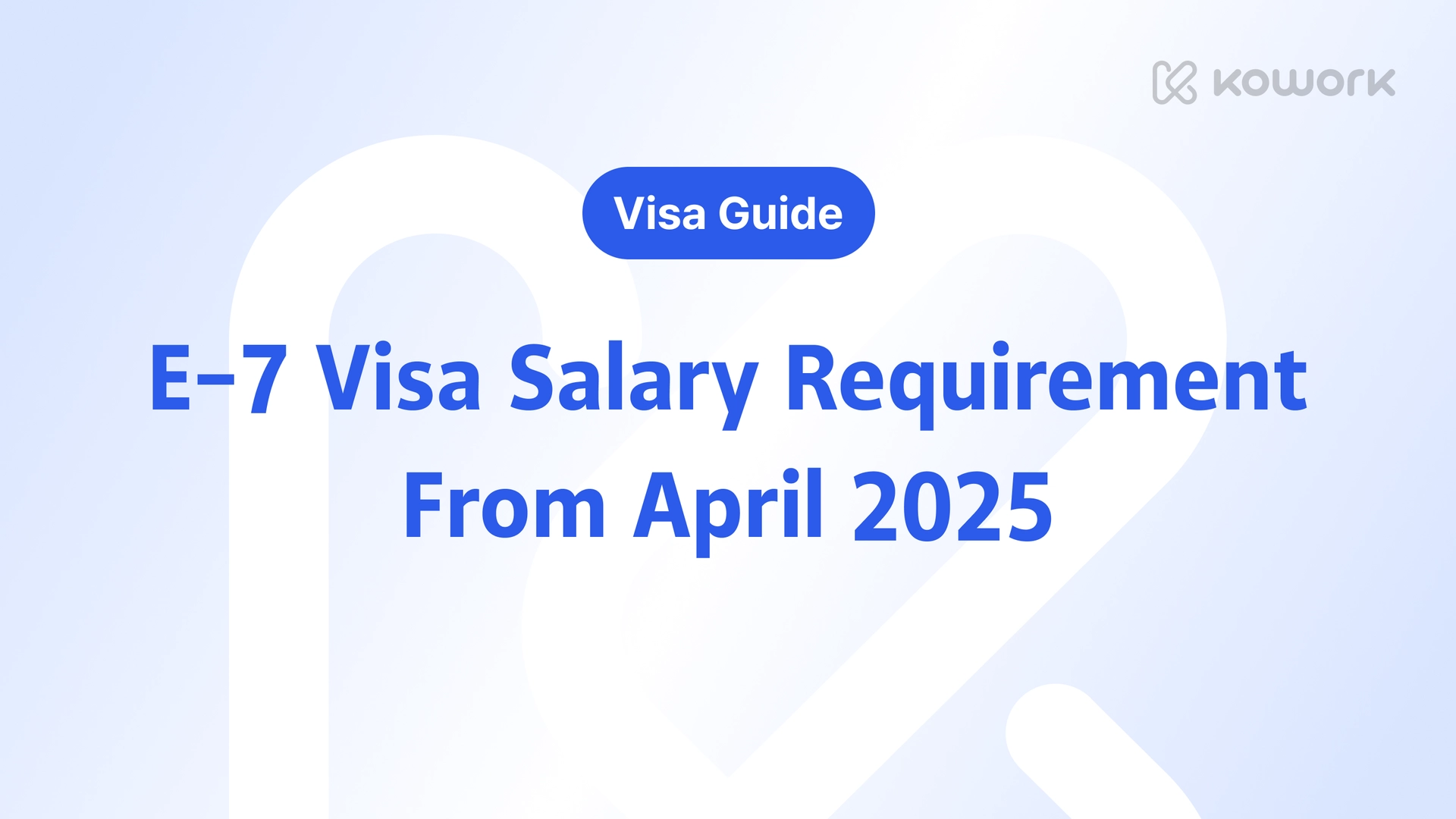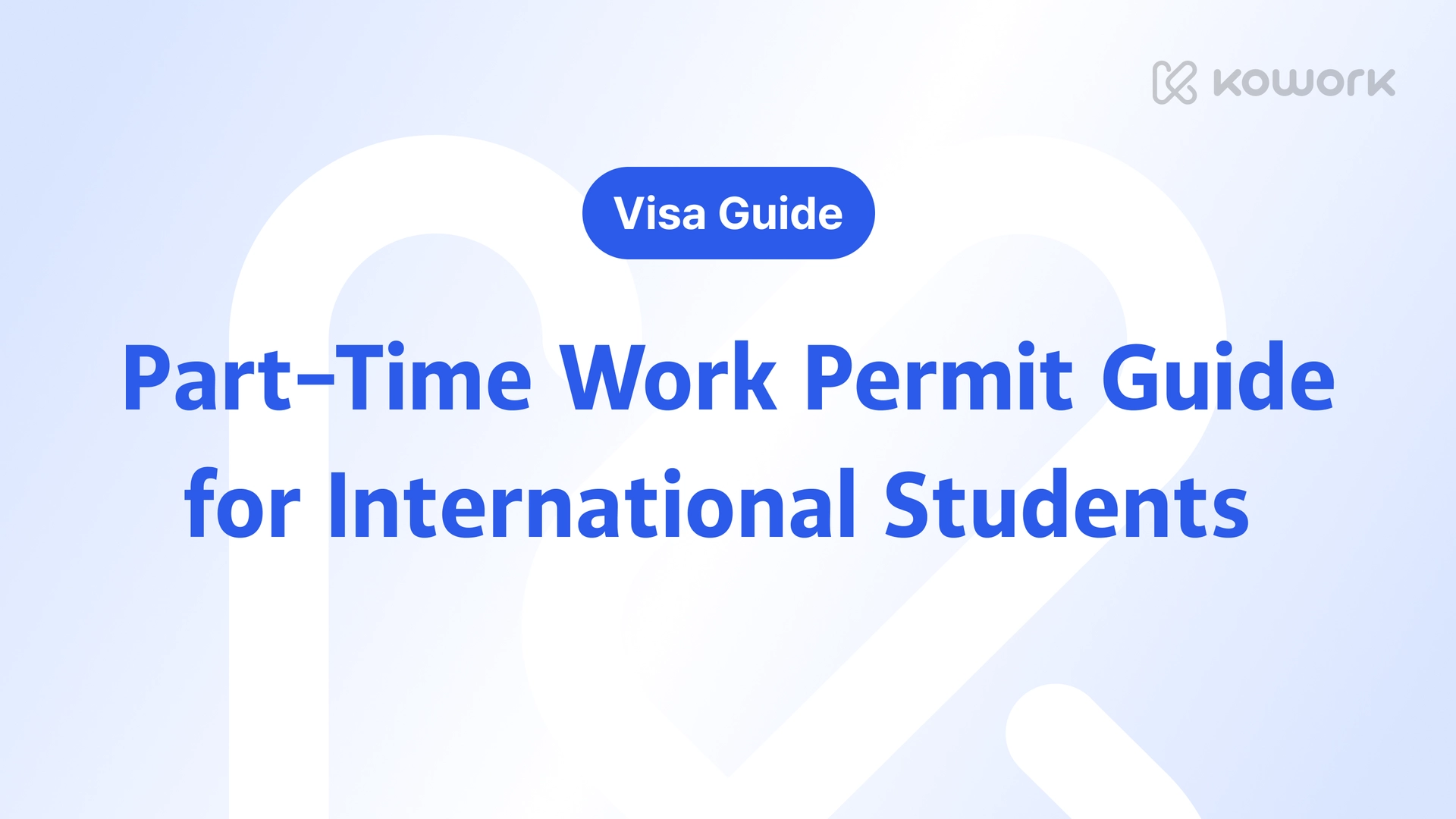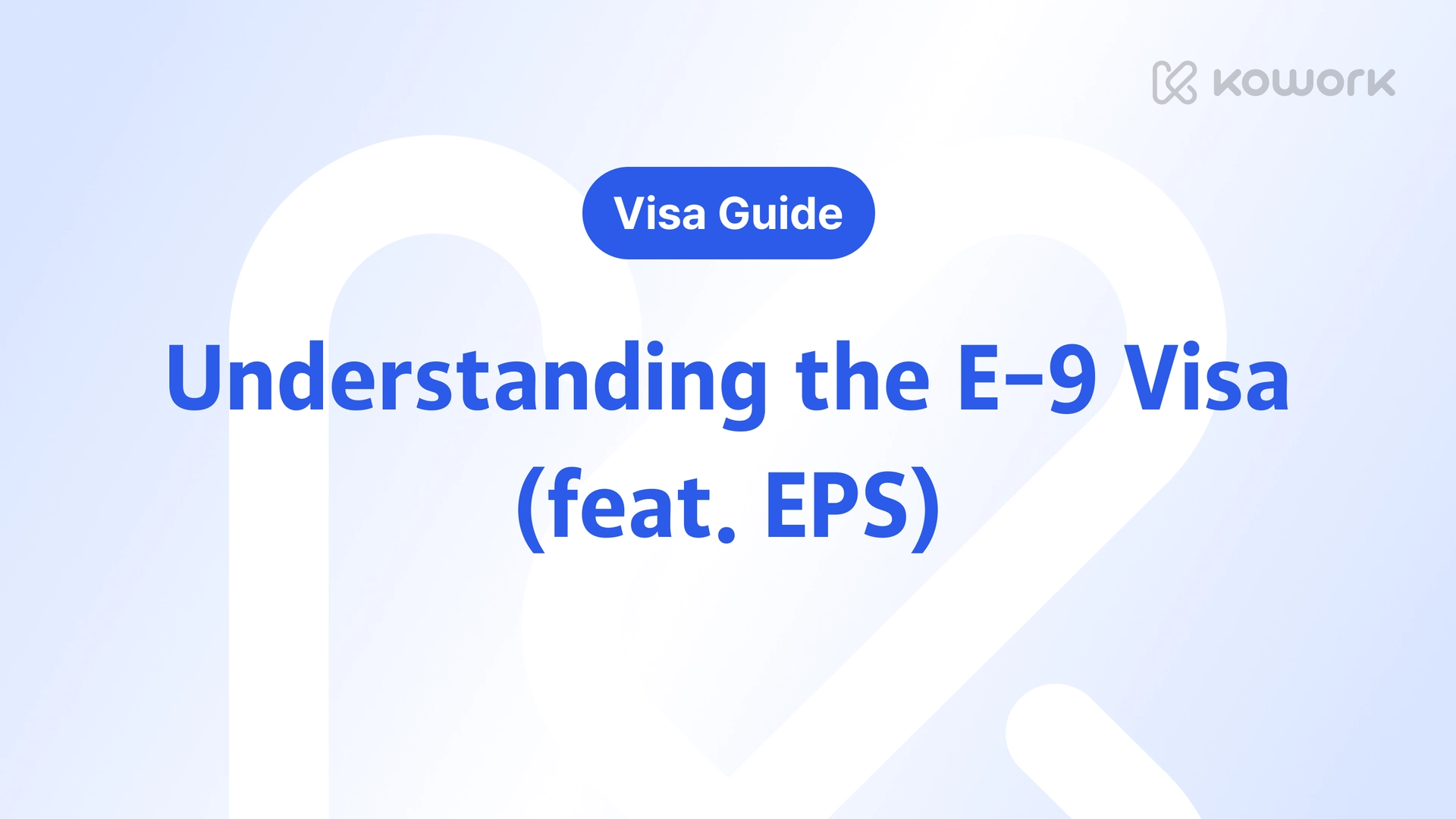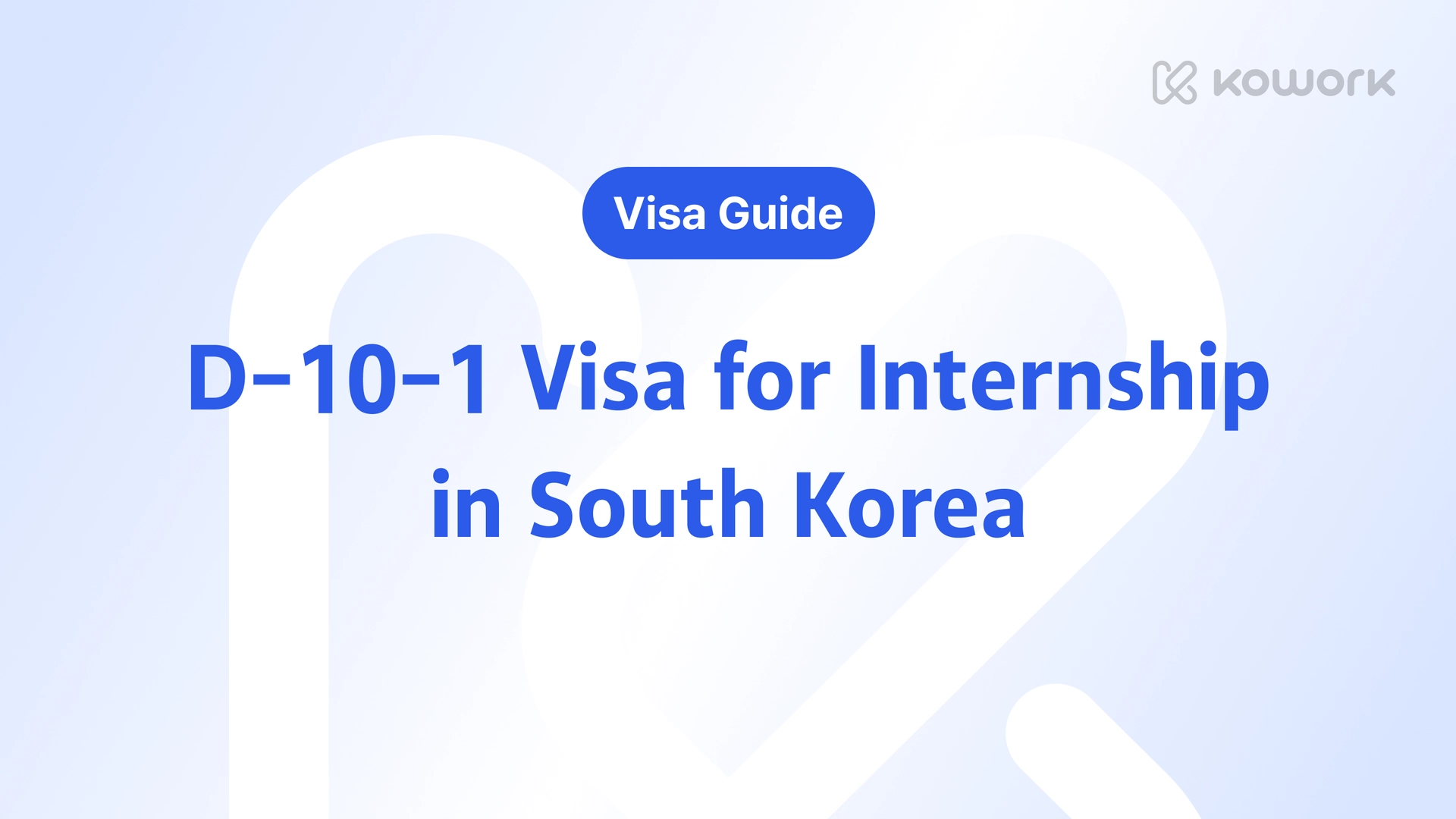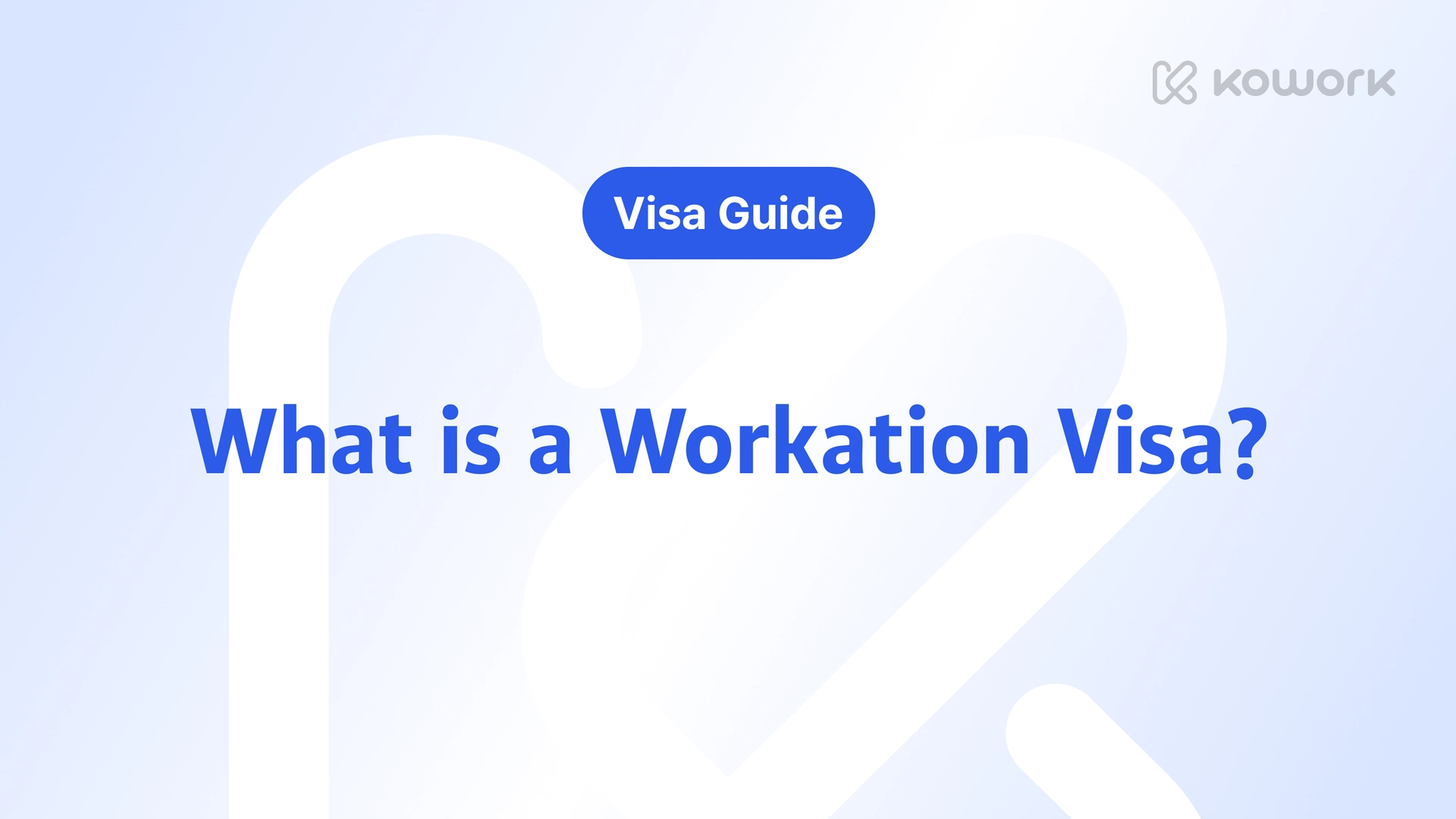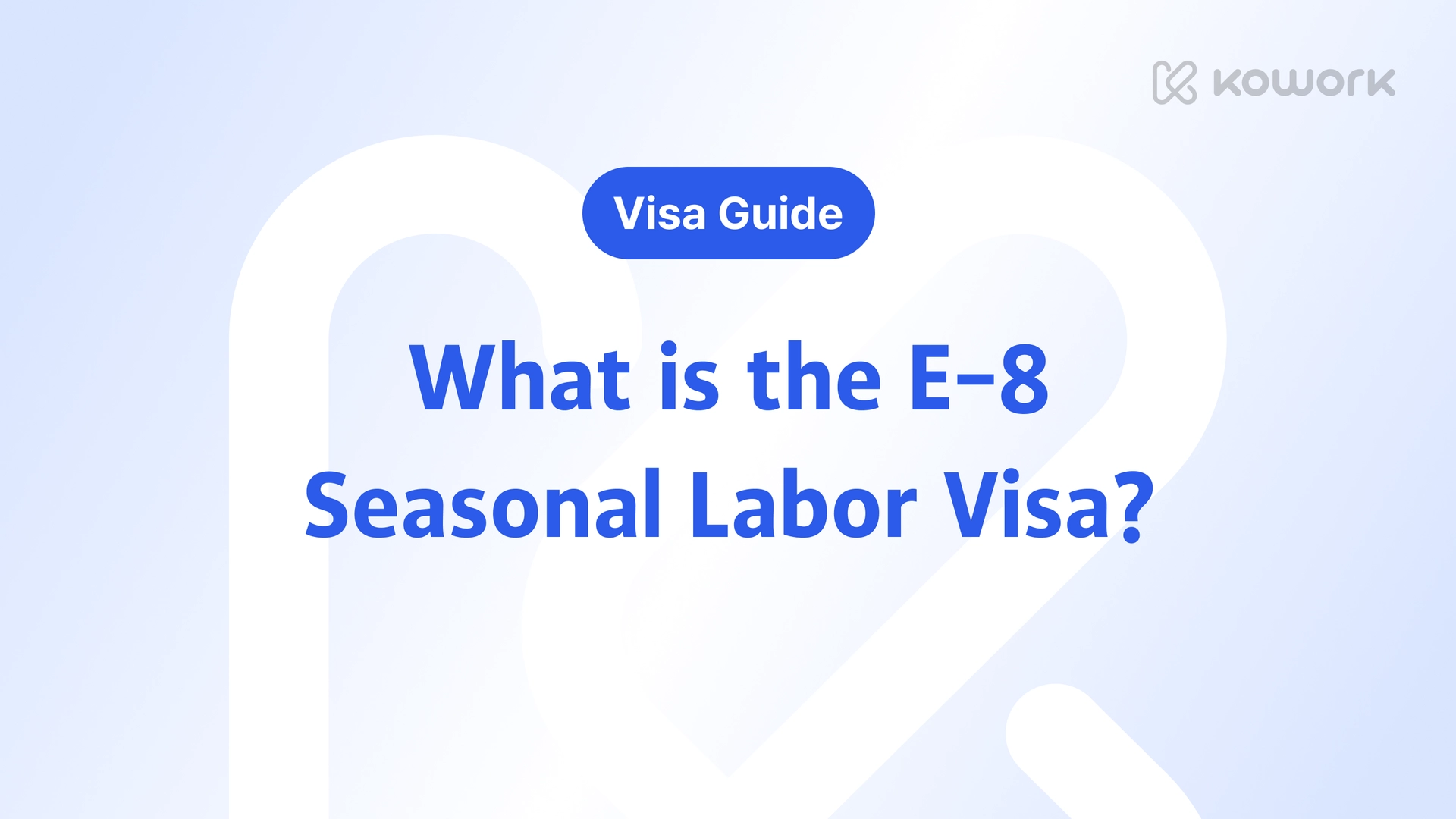❗ Changing from E-7 to D-10 Visa After Quitting a Job? It’s Not Always Allowed
Hello from KOWORK, your trusted partner in foreign talent recruitment in Korea 😊
We’ve recently received many questions from international workers and HR managers alike:
“If I have an E-7 visa and decide to quit my job, can I switch back to a D-10 visa to continue job hunting?”
In theory, yes.
But in practice, Korean immigration may deny your D-10 visa application depending on specific conditions.
Let’s go over the key cases and evaluation criteria you need to be aware of.
📌 Case 1: If You Held a D-10 Visa for Over 6 Months Within the Past Year
If you're currently on an E-7 visa and try to switch to a D-10 after quitting,
and you previously held a D-10 visa for more than 6 months in the past year,
your application could be rejected.
✅ Example:
| Period | Visa Type | Status |
|---|---|---|
| Nov 2023 – May 2024 | D-10 | Job seeking for 6 months |
| Jun – Aug 2024 | E-7 | Employed for 2 months |
| Sep 2024 | D-10 (re-application) | ❌ Likely to be rejected |
In such cases, immigration may judge that you're attempting to cycle back to a job-seeking visa without maintaining meaningful employment, especially since your previous D-10 duration was long and your E-7 period was short.
⚠️ There is no specific written law about this, but it is a commonly applied review standard in recent immigration practice.
📌 Case 2: If You’ve Switched Between E-7 and D-10 Three or More Times Within 3 Years
When immigration sees frequent switching between E-7 and D-10,
they may question the legitimacy of your visa usage and suspect that you're not maintaining stable employment or sincere job-seeking intent.
✅ Example:
- Mar – Sep 2022: D-10
- Oct 2022 – May 2023: E-7
- Jun – Nov 2023: D-10
- Dec 2023 – Jun 2024: E-7
- Jul 2024: D-10 (re-application) → ❌ Likely to be denied
❗ Voluntary Resignation Without a Letter of Release Makes It Even Harder
Your reason for leaving the job can also affect your visa change decision.
If you resigned voluntarily, immigration may require a Letter of Release from your previous employer in order to approve a visa change.
| Situation | Required Documents | Possibility of Approval |
|---|---|---|
| Voluntary resignation | No letter of release | ❌ Highly likely to be rejected |
| Voluntary resignation | With letter of release | ⭕ Subject to review |
| Layoff / company closure | Relevant proof submitted | ⭕ Exceptions possible |
Immigration may see the absence of a release letter as a lack of proper justification for the termination of your E-7 employment.
📎 Summary: What to Consider Before Switching Back to a D-10
| Condition | Risk Level | What You Should Do |
|---|---|---|
| Held D-10 for 6+ months in the past year | ❗ High chance of denial | Reconsider timing of resignation |
| E-7 held for less than 3 months | ❗ Risk of being viewed as short-term | Avoid quick job changes |
| 3+ E-7↔D-10 switches within 3 years | ❗ Triggers stricter review | Monitor your visa history |
| Voluntary resignation | ❗ Letter of release required | Secure it before applying |
| Layoff or company closure | ⭕ May be approved | Submit proof documents |
🧭 Resignation Timing Should Be Strategic, Not Spontaneous
If you quit your job with the assumption that you can “just switch back to D-10,”
you could find yourself in a situation where your visa change is rejected and your stay in Korea becomes uncertain.
Before resigning, consider all the following factors:
- Your past D-10 visa duration
- How long you’ve held the E-7 visa
- Whether your resignation is voluntary or not
- Whether your next job fits E-7 visa conditions
In other words, visa strategy should go hand-in-hand with your career planning.
✉️ Final Thoughts
Changing visas isn't just a simple application process—
it's a matter of regaining the trust of immigration for your new status.
At KOWORK, we support both foreign talents and companies
in maintaining stable employment and legal residency in Korea.
If you’re planning to quit or change jobs,
don’t forget to review your visa path as well—
it might just be the smartest move you can make. ⭐️
